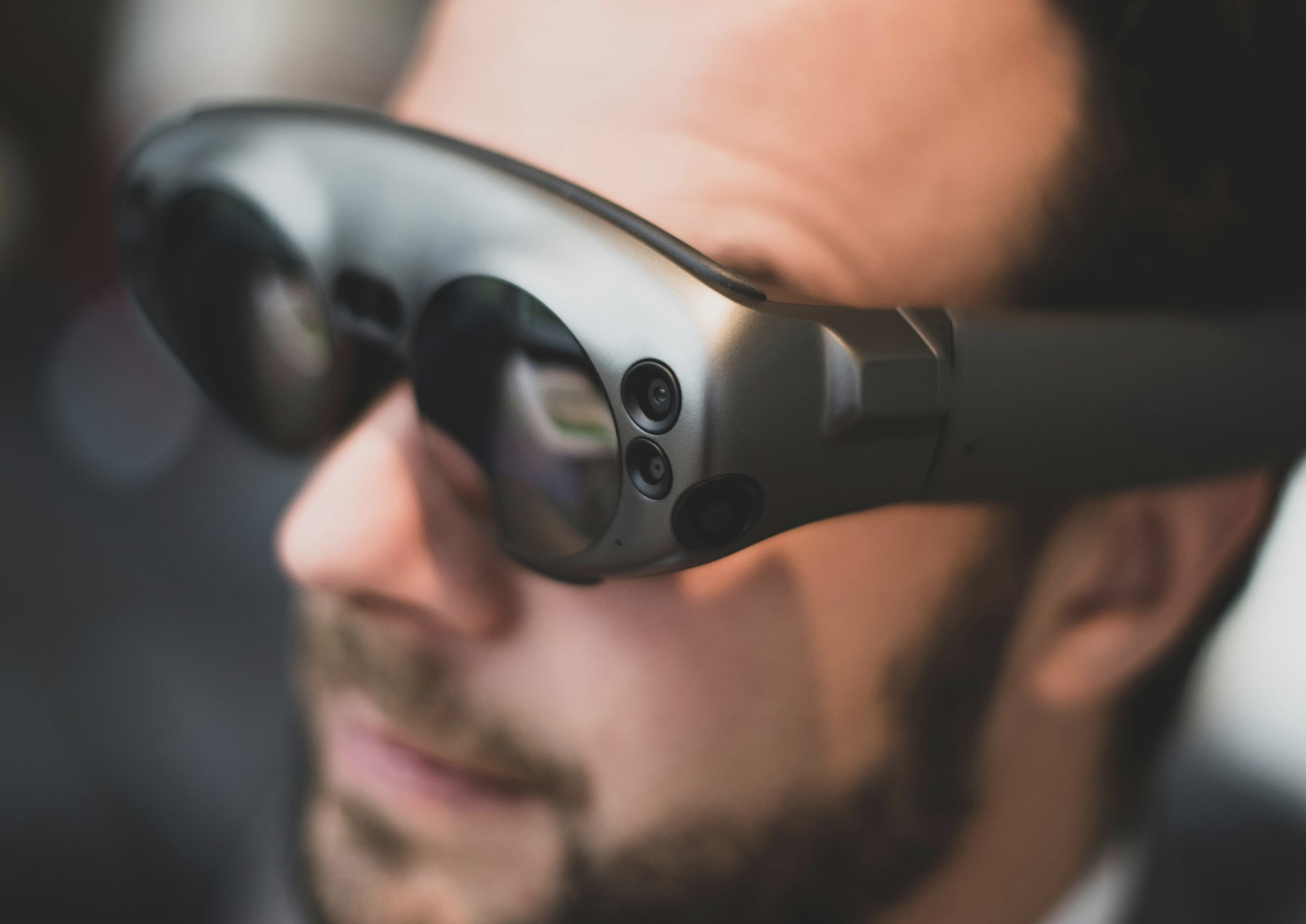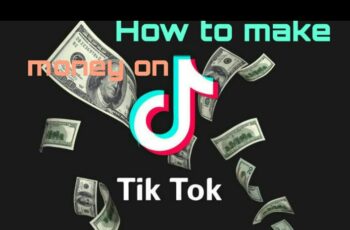 Beyond serving the purpose of traditional eyewear for vision enhancement, smart glasses are increasingly in demand for their advanced technological capabilities. Market research from Reportlinker.com notes that growing interest in wearable technology has enabled the global smart glasses industry to reach a market value of $218.86 million in 2022. As smart glasses now have applications in various settings like augmented reality, content creation, and access to information, the continued adoption of this eyewear is poised to propel the market with a growth rate of 9.50% through 2028.
Beyond serving the purpose of traditional eyewear for vision enhancement, smart glasses are increasingly in demand for their advanced technological capabilities. Market research from Reportlinker.com notes that growing interest in wearable technology has enabled the global smart glasses industry to reach a market value of $218.86 million in 2022. As smart glasses now have applications in various settings like augmented reality, content creation, and access to information, the continued adoption of this eyewear is poised to propel the market with a growth rate of 9.50% through 2028.
Below, we look at the best types of smart glasses in the market, focusing on how their innovative features usher the wearable tech category into a brighter future.
Ray-Ban Meta Smart Glasses
While Ray-Ban has already made its mark in pop culture through iconic sunglasses like the Clubmaster and the Aviator, the eyewear brand continues to thrive in its niche of disruptive designs. The recent release of the flagship Ray-Ban Meta smart glasses showcases how eyewear can be packed with advanced features like a built-in microphone, speakers, and a 12MP camera yet remain wearable through minimalist Ray-Ban sunglasses frame styles like Wayfarer and Headliner. They can even come with sunglasses lenses or normal eyeglass lenses!
The hands-free access to audio, photo, and video recording thus enables wearers to create and share content on social media through uploads and live streaming. These next-generation smart glasses have also been upgraded with multimodal artificial intelligence capabilities, which enable the use of a voice assistant for captioning photos, translating text, and answering search queries.
Rokid Max
More and more industries are tapping into the power of virtual and augmented reality for immersive user experiences, and the smart glasses market is no exception. Case in point, the Rokid Max AR glasses come with a borderless screen, providing a wider field of view for 3D elements and digital displays.
These glasses can be plugged into any compatible device, such as gaming consoles, and display 1080p graphics with a smooth 120 Hz refresh rate. It is also worth noting that the Rokid Max accommodates varying vision needs through its EyeComfort certification, adjustable brightness for the OLED screen, and corrective ability for wearers with nearsightedness or myopia.
Vixion 01 Reader
The adoption of smart glasses can be broader and more inclusive if the needs of users with refractive errors and age-related vision problems like presbyopia are considered in product design and development. Thus, Japanese company Vixion has stepped up to the task through the Vixion 01 eyewear, which has the ability to auto-focus from reading distance to farther objects, thus removing the need for multiple pairs of glasses or lens prescriptions.
Designed by Nendo, the Vixion 01 has built-in sensors for eye tracking and distance measurement, ultimately simulating the experience of the human eye’s lenses changing shape to automatically focus.
Sol Ebook Reader
While other smart glasses nowadays rely on gimmicky features, the wearable device called Sol Reader sticks to a basic yet practical purpose, which is to read electronic books. The eyewear targets ebook readers by presenting an e-paper display and a handheld remote for turning the pages and interacting with the text.
The low power consumption from its use of e-ink translates to up to 30 hours of battery life, and it also has a reflective screen that provides greater digital comfort compared to LCDs and OLEDs. Despite its goggles-like design, the Sol Reader remains lightweight at less than 100 grams.
Overall, the smart glasses market remains full of innovative and adaptive potential thanks to the release of models that serve practical applications beyond simply being high-tech accessories. The continued adoption of emerging technologies like AR and AI is projected to catalyze the development of smart glasses that improve accessibility and overall user experience.
If you enjoyed this article, our site is packed with more great tech stuff, including a recent piece titled From Idea to Launch: A Step-by-Step Guide to Building a SaaS App.




